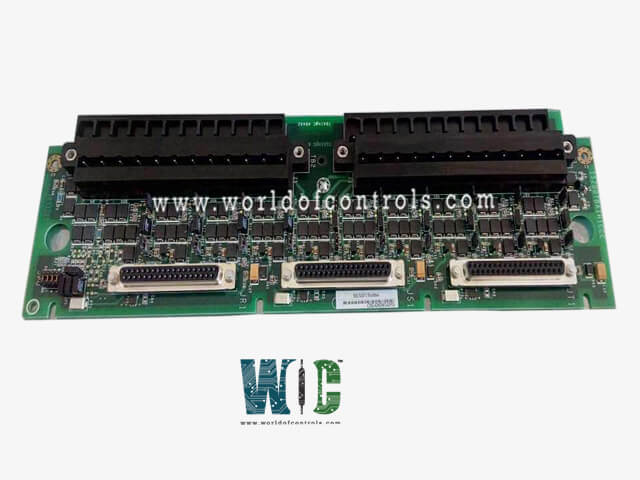
World Of Controls understands the criticality of your requirement and works towards reducing the lead time as much as possible.
IS200TBQCH2A - Analog Input Termination Module is available in stock which ships the same day.
IS200TBQCH2A - Analog Input Termination Module comes in UNUSED as well as REBUILT condition.
To avail our best deals for IS200TBQCH2A - Analog Input Termination Module, contact us and we will get back to you within 24 hours.
SPECIFICATIONS:
Part Number: IS200TBQCH2A
Manufacturer: General Electric
Series: Mark VI
Product Type: Analog Input Termination Module
Number of channels: 24
Power supply voltage: 28 V dc
Mounting: DIN-rail mounting
Technology: Surface mount
Operating temperature: -30 to 65°C
Size: 33.02 cm high x 17.8 cm
Repair: 3-7 Day
Availability: In Stock
Country of Origin: United States
Manual: GEH-6153
FUNCTIONAL DESCRIPTION:
IS200TBQCH2A is an Analog Input Termination Module manufactured and designed by General Electric as part of the Mark VI Series used in GE Speedtronic Gas Turbine Control Systems. The Analog Input Termination Module (TBQC) is in location nine on the
TBQC CONNECTIONS:
TBQC HARDWARE CONFIGURATION:
KEY FEATURES AND FUNCTIONS:
WOC has the largest stock of GE Speedtronic Control System Replacement Parts. We can also supply unused and rebuilt backed-up with a warranty. Our team of experts is available round the clock to support your OEM needs. Our team of experts at WOC is happy to assist you with any of your automation requirements. For pricing and availability on parts and repairs, kindly contact our team by phone or email.
What is an Analog Input Termination Module?
An Analog Input Termination Module is a device used to connect and manage analog input signals from various field devices to control systems like PLCs or DCS. It ensures signal integrity and reduces noise and interference.
Why is an Analog Input Termination Module important?
This module is important for ensuring the accuracy and reliability of analog signals by providing signal conditioning, noise reduction, organized wiring, and surge protection. It helps maintain the integrity of data being sent to control systems.
What types of signals can it handle?
An Analog Input Termination Module can handle various types of analog signals, including current (4-20mA), voltage (0-10V), and other standard industrial signal ranges.